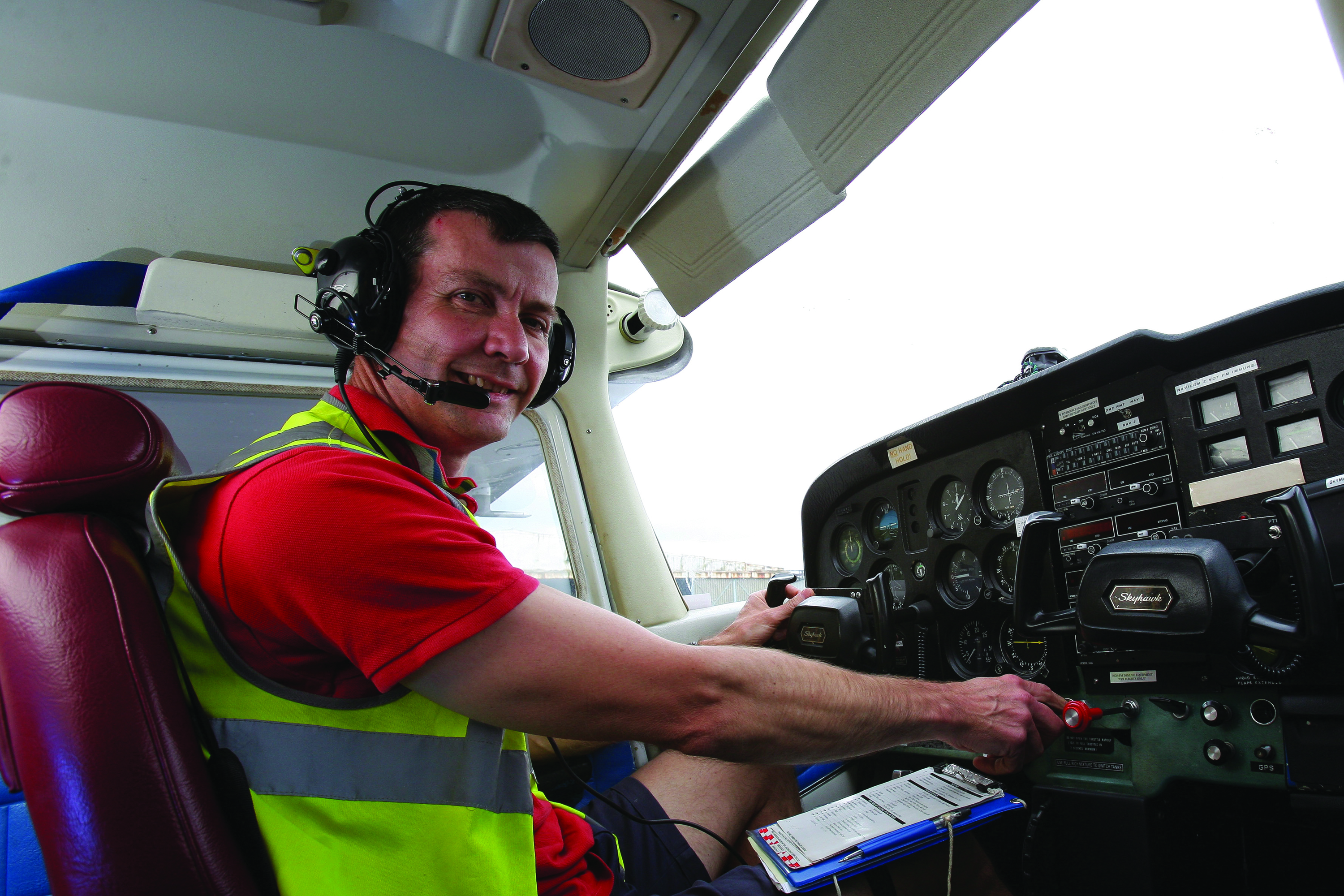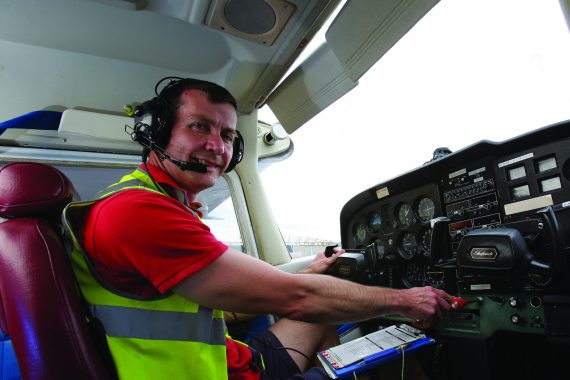Profile: Dr Tim Hooper

Role: GP partner in Cumbria, a GP trainer, BASICS doctor and aviation medical examiner
Hours worked: Eight sessions in general practice, two sessions in pre-hospital care plus an average of two medical exams per week
18.20
I finish my GP job for the day in the Lake District and then prepare to see pilots in the surgery for their initial or renewal medicals to allow them to fly light aircraft.
My path into aviation was accidental. I had a trial lesson as a birthday present from my family and was so enthused I somehow found the time and money to complete the training. Five years ago I found myself at Newcastle Airport Medical Centre at the end of my private pilot training, ready to take the final navigation and skills tests, when the medical examiner said: ‘I am retiring soon; perhaps you should look at doing this job?’
Some months later, I sat in a lecture theatre, surrounded by 41 other doctors – from GPs to occupational physicians, to anaesthetic professors to neurosurgeons. We learned how the Civil Aviation Authority (CAA) manages medical risk in private and commercial pilots and in particular the risk of sudden incapacitation.
18.30
My first patient is a builder. He is a new applicant for a licence. I was surprised to find that flying attracts people from every background, from millionaire businessmen to manual labourers, and almost always men. In fact, I have yet to see a female applicant for a private pilot licence.
As a medical adviser, I change my role, from GP and patient advocate, to agent of the regulator. I can see the builder is wary of this – it is reflected in his blood pressure readings. This is a common effect. He relaxes in the gently paced hour allocated, which includes time for some aviation talk.
His examination raises a new finding – a murmur, which will need to be investigated. The news is unwelcome.
I find that the ECG is often the most troublesome part of proceedings. Minor anomalies that I would confidently dismiss in clinical practice must, at the very least, be reviewed by a cardiologist at the candidate’s expense. Fortunately, I can refer to a helpful colleague who takes a pragmatic view. Most rhythm anomalies and any ischaemic change require full evaluation, often entailing an echocardiogram, 24-hour ECG and stress testing.
The CAA has a number of protocols to guide licensing in specific conditions, particularly cardiology, but I have encountered instances where the condition does not fit a protocol. These cases require a sensible, proportionate judgment from a non-specialist, based on the available evidence. Step forward the GP – it’s what we do best.
20.00
My next patient is a returning applicant. The medicals are required every two years between age 40 and 50 and every year after 50. Most amateur pilots fit this age bracket when finance and family commitments allow a hobby like flying.
Often my work in aviation throws up problems that I do not encounter as a GP. In my GP clinic, patients will volunteer information to help me reach a diagnosis. Pilot candidates are more guarded. I have to point out to one patient: ‘You didn’t mention that you’re blind in one eye!’ More examinations, protocols and referrals follow, with the eventual granting of a certificate.
For the most part, returning pilots have a straightforward examination. Some comment that they feel reassured to have the sort of medical that we do not offer in general practice.
Some pilots are an inspiration, coping with multi-system physical illnesses to not only earn a living but also pursue their aviation dream. For example, cystic fibrosis does not necessarily preclude flying. The licensing becomes complex and requires multiple specialist reports and investigations. In such cases I am happy to steer pilots through the regulatory maze.
21.00
By the time I have finished two medicals it is the end of a rather long day. I cannot go home without looking up at the sky. It is my turn to fly soon – once a month, when the fickle Cumbrian weather permits, I get to fly over the lakes and mountains, above the RAF jets swooping through the valleys and above the busy lives of the people in the villages below them.
Pulse October survey
Take our July 2025 survey to potentially win £1.000 worth of tokens















